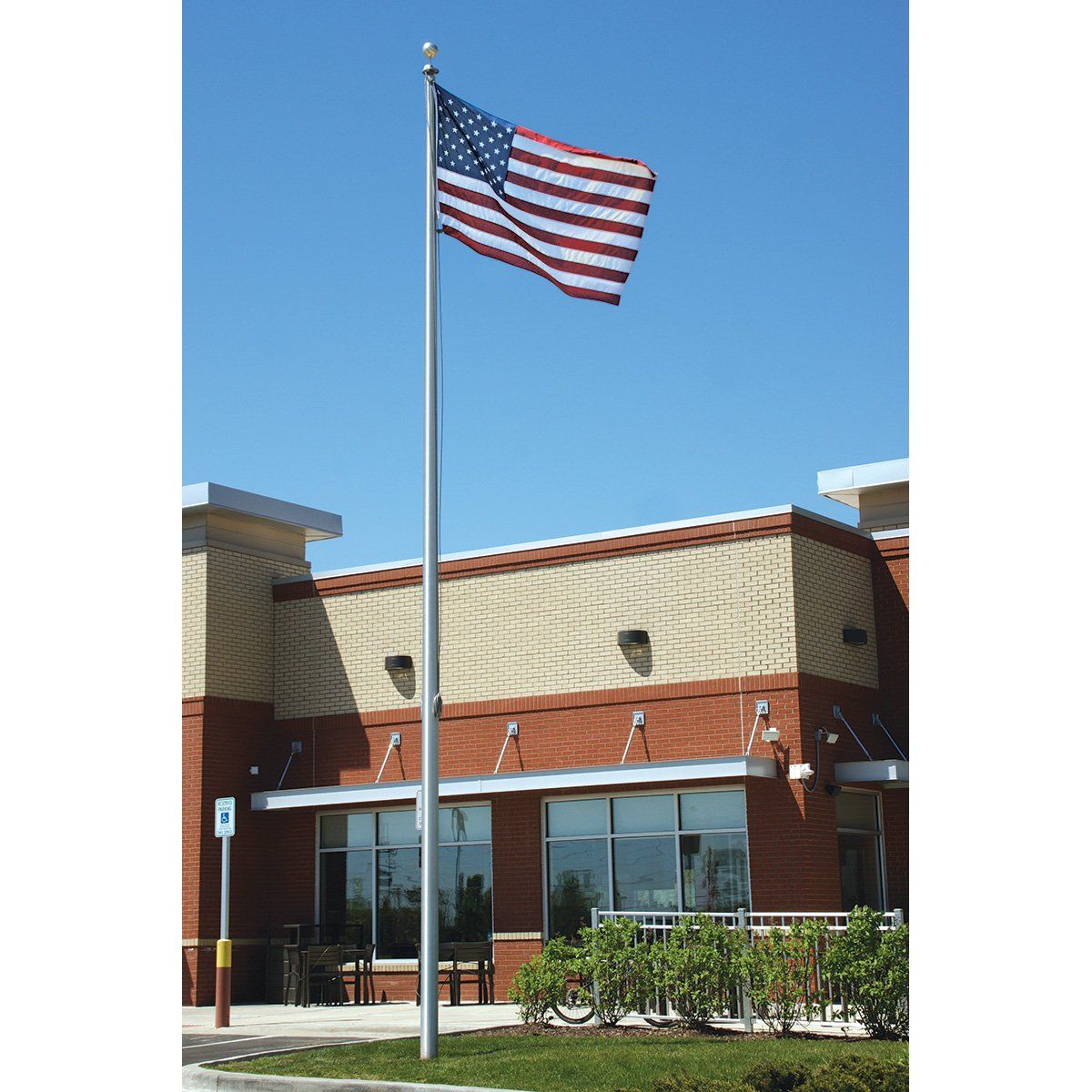Flagpoles: The Complete Guide to Choosing, Installing, and Maintaining Your Flagpole
Everything You Need to Know About Flagpoles ===========================================
Flagpoles play an important role in representing national, organizational, and personal values through the display of flags.
We will discuss the key considerations to keep in mind when purchasing a flagpole, including the materials, height, and location.
Types of Flagpoles and Their Uses
When deciding on a flagpole, it is important to consider the type that fits your property’s needs and visual appeal.
The Benefits of In-Ground Flagpoles
In-ground flagpoles are a permanent solution for flag displays, providing stability and longevity.

In-ground flagpoles are typically made from materials such as aluminum, steel, or fiberglass.
Mounting a Flagpole on a Wall
These flagpoles are installed on the side of a building or wall and offer a space-saving solution without sacrificing visibility.
These types of flagpoles are also great for businesses looking to display their flag near a storefront or office building.
The Adjustable Nature of Telescoping Flagpoles
Telescoping flagpoles are ideal for people who need a temporary solution or want to change the height of the pole depending on weather conditions.
These poles are made of lightweight materials like aluminum or fiberglass, making them easy to handle and transport.
Choosing the Right Material for Your Flagpole
The most common materials used for flagpoles are aluminum, steel, fiberglass, and wood, each offering a different combination of strength, flexibility, and aesthetics.
Steel flagpoles are heavier and stronger but may require more frequent maintenance to prevent rust and corrosion.
Steel offers a high-strength option, though it is heavier and requires regular upkeep to maintain its integrity.
Installing Your Flagpole
In the following section, we will provide a step-by-step guide to help you install your flagpole effectively.
Next, measure the height of the flagpole and mark the location for the base, ensuring the pole will be straight and aligned properly.
Once the pole is positioned, fill the hole with cement and allow it to cure properly.